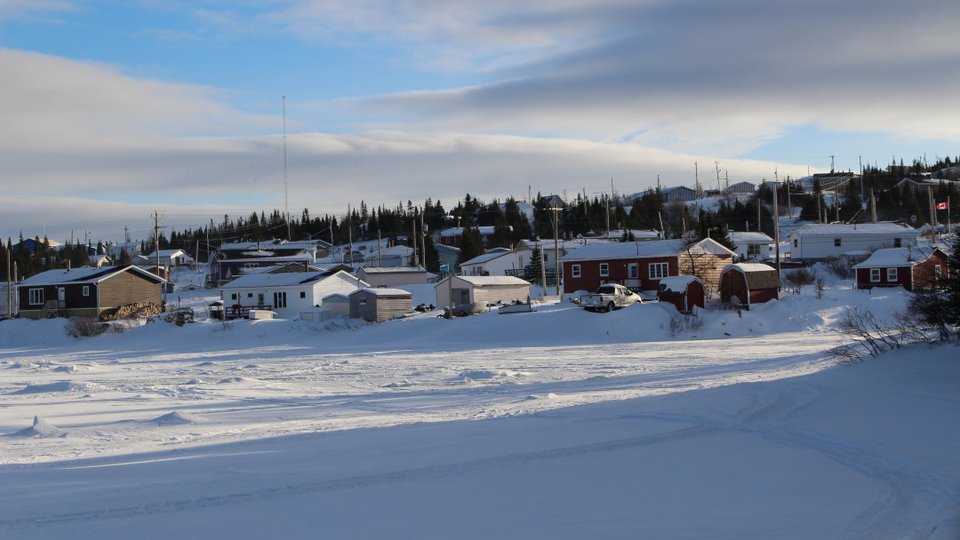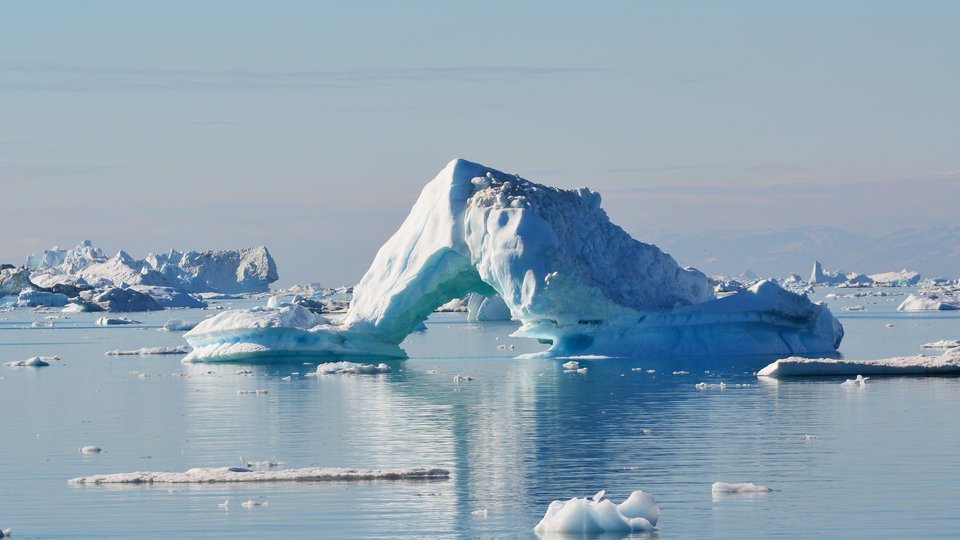
he Beluga Cam has returned to Canada's Hudson Bay, giving viewers the chance to see live footage of these fascinating whales. Polar Bears International launches the cam each summer in partnership with explore.org, providing both underwater and above-deck views.
Belugas are extremely social animals, sometimes moving in groups of several hundred. They’re also very chatty, which is why they’re often called the “canaries of the sea.” Spend time watching the cam and you’ll hear their chirp-like songs as they communicate with each other.
Beluga whales are an Arctic-adapted species: They have no dorsal (back) fin, which allows them to surface for air in ice-filled water. In addition, they have a thick layer of blubber that keeps them warm in frigid water and allows them to store energy.
Beluga whales, like polar bears, depend on sea ice for their survival, relying on the ice in winter for protection from their main predator, the orca whale. In the winter, when sea ice is the heaviest, beluga whales use deep offshore areas to forage on fish, shrimp, and squid. When the sea ice melts in the spring, beluga migrate thousands of kilometers south to estuaries and coastal bays, where they forage on locally available fish species like capelin. These shallow areas may provide protection from predators like orcas, as well as excellent conditions in which to molt and give birth.
The beluga whale makes its living in a unique and dynamic ecosystem and is an important part of the food chain. However, their underwater and mobile lifestyle makes them difficult to study.
The Beluga Bits Project

Scientists estimate that there are more than 50,000 beluga whales in Hudson Bay during the summer, one of the largest congregations in the world. Starting in mid-June, thousands of these whales gather in the estuaries of three main rivers in western Hudson Bay: the Churchill, Nelson, and Seal rivers.
The annual gathering of belugas gives scientists a great opportunity to peek into their underwater world, providing them the chance to begin to answer basic questions like:
- Do the same individual belugas group together consistently?
- How often do females reproduce?
- What are the threats to belugas?
- How are they using their summer habitat?
To get at some of these answers, Dr. Stephen Petersen at the Assiniboine Park Zoo has launched Beluga Bits, a non-invasive research project that uses photography to learn more about these elusive whales. The Beluga Boat drives around the Churchill River estuary with an underwater video camera, capturing up-close footage of the whales. The cam operator uploads this footage to explore.org, where citizen scientists can watch and take “snapshots” of distinguishing marks and of the belugas’ undersides towards their tails. They upload these snapshots to Zooniverse, where more citizen scientists look at the photos, and answer a few questions about the image, such as:
- How many belugas are in the snapshot?
- How many adults, juveniles, and calves can be seen?
- What is their sex?
- Do the belugas have any distinguishing/unique markings or scars?
When citizen scientists answer these questions, Zooniverse stores this information as data that scientists can download from the website. They can then begin to answer some of the ecological questions about the beluga whale’s social structure, life history, and threats. The Beluga Boat uses a GPS, so each photo has location data that provides information on beluga habitat use.
Scientists are building a catalog of beluga whales with distinguishing marks. If these uniquely marked belugas are re-sighted, an incredible amount of information can be gained: Are they using the same areas of the estuary? Do they have a calf with them? Are they with other marked individuals, and, if so, have they been seen with them before?
How to get involved
This project is only possible with the help of citizen scientists like you! To answer questions about the beluga seen in the photos, visit the Zooniverse Beluga Bits page. To view footage from the Beluga Boat, see the project page on explore.org.
Thank you to everyone who has taken the time to look through and score these photos. We are grateful to work alongside you in this community of individuals committed to understanding more about these fascinating Arctic marine mammals.
Katie Florko recently finished her MSc at York University and will be starting her PhD this fall at the University of British Columbia under Dr. Marie Auger-Méthé.
This article was originally published by Polar Bears International.





